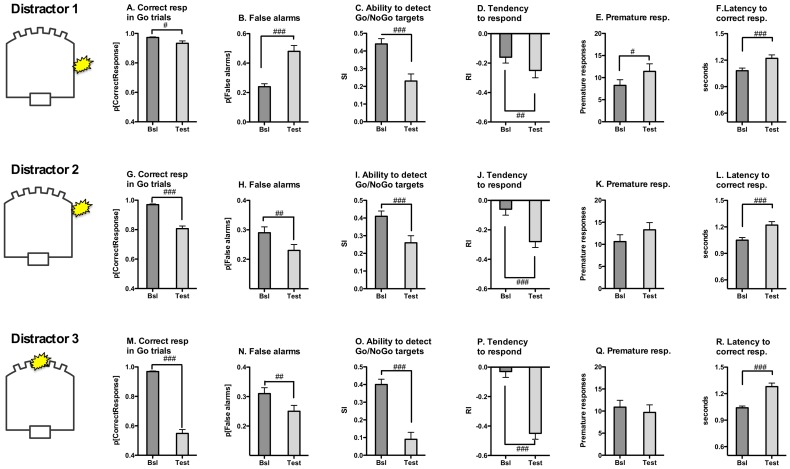Figure 4. Characterization of the effects of visual distractors on 5C-CPT performance by EtOH-naïve control rats.
In an effort to increase the cognitive load of the 5C-CPT a series of challenge tests were performed in which irrelevant prepotent visual distractors (LEDs) were illuminated in tandem with presentation of the Go and NoGo visual stimuli. Three challenge conditions were evaluated, each distinguished by a different placement of the LED distractor relative to the 5C-CPT stimulus panel (see text for details). Data shown are from control rats (n = 17) to demonstrate the effects of each distractor condition on 5C-CPT performance. All distractors reduced response accuracy (panels A, G, M) and increased the latency to correct response (panels F, L, R), indicative of increased cognitive load. In the presence of distractors rats were less able to discriminate between Go and NoGo signals (panels C, I, O) and chose a conservative response strategy (panels D, J, P). With exception of the latency to correct response, the disruption in each of these behavioral indices was progressively more pronounced upon presentation of distractor conditions 1, 2 and 3, respectively (see text for details). False alarm errors and premature responding were increased by distractor condition 1 (panels B, E), while distractor conditions 2 & 3 decreased false alarm errors (panels H, N) without disrupting premature responding (panels K, Q). Relative effects of each distractor condition on 5C-CPT performance was evaluated by within-subject ANOVA comparison of baseline performance under familiar task conditions (dark grey bars) and performance during the distractor challenge test (light grey bars). Significant effects are denoted by # p<0.05; ## p<0.01; ### p<0.001 (1-way ANOVA).

